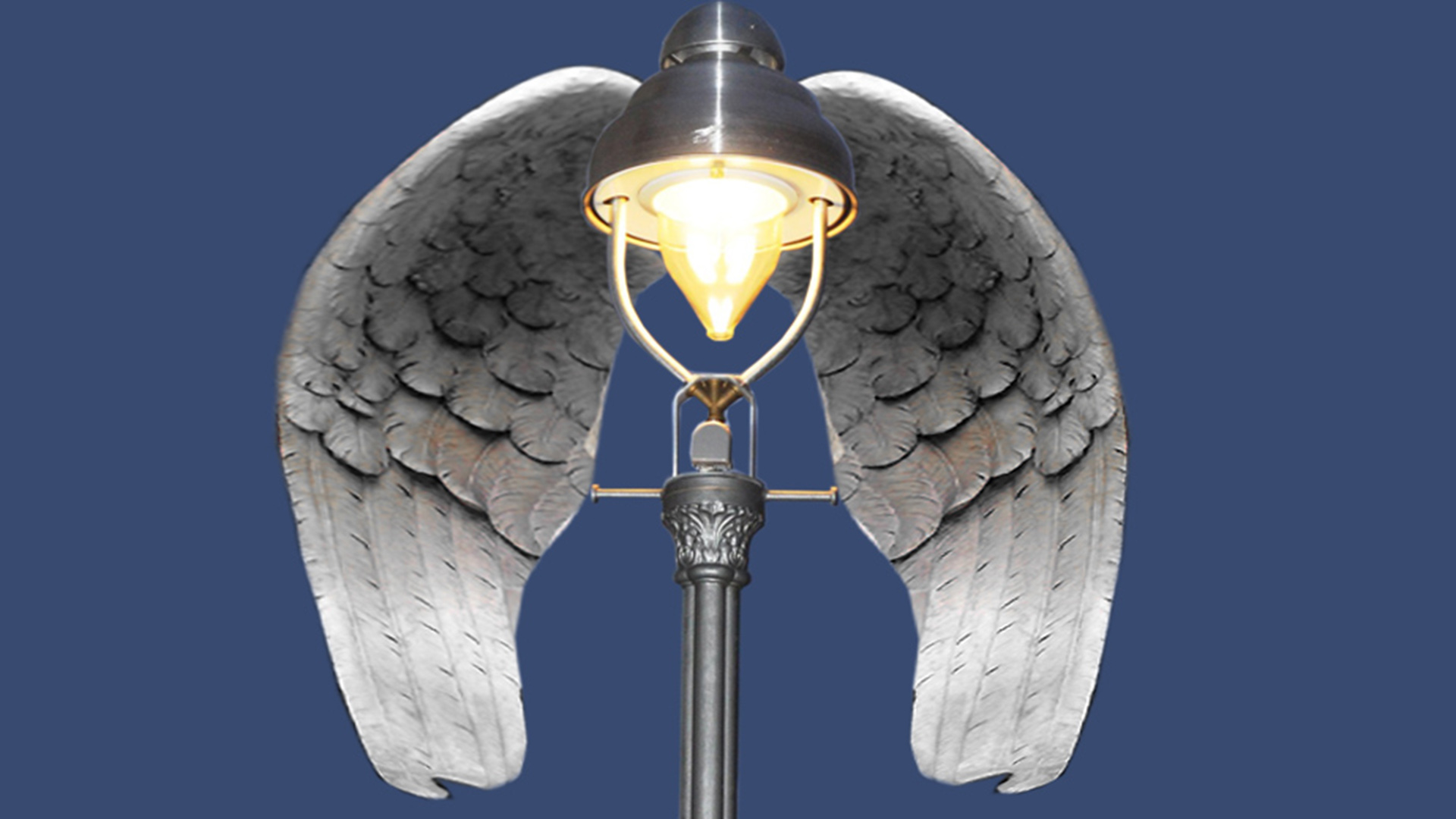
Art meets Angel (2)
Frozen in white-marble elegance, the cemetery angels in classicism stand quietly guard on graves. Nothing moves here, neither a wing tip sways in the wind nor a robe despite all its translucent lightness. Furthermore, angels now have strong competition in the form of the figure of grieve and mourne. This sepulchral figure, typical for the bourgeois age that began in the late 18th century, embodies a new way of dealing with death and mortality.
After the often drastic but always naturalistic depictions of the Baroque, death is sublimated in Classicism to a gentle one. The mourning over the loss is aesthetically exaggerated in the depiction of flawless purity, a beauty beyond humanity. The one who mourns here – in classicism almost invariably female – directs her wistful gaze with devotion into the distance, even if the point not fixed is directly in front of her. Her Greek-style robes reveal more than they conceal, grandiose displays of grandiose sculpture.
But do these female figures really have an erotic aura? This is repeatedly asserted in the writings of art history. However – can perfection ever be erotic? Is not a desired image being carved in stone here: daughter or later wife, pure, chaste, innocent, untouched? So far removed from any earthly desire, an ideal raised to the pedestal? The female figures find the model for their perfect mourning in the Virgin Mary – and in the angels. These do not differ significantly from the mourning figures.
Only his painted Genius of Poetry, also female, was given two red wings by Friedrich Wilhelm von Schadows, which seem suitable for flying. Although the Genia stands motionless in the air, the gossamer cloth wrapped around her robe moves in the wind that has carried her here. Minon, however, to whom Schadow has given wings, will never be able to fly away with them and will forever be a child, forever dance and make music for her master. Schadow portrays his first wife Marianne as this very Mingon, with heavy wings that force the young woman to adopt precisely that upright sitting posture that was essential in the upper middle classes and aristocracy. The tips of the wings hit the floor, if one mentally extends the drawing lines disappearing behind the sofa – anchored, not a being of air.
So it is not surprising that with the invention of galvanoplasty around 1900, “legions” of mourners and angels adorn the graves – and are interchangeable, for the sculptures can be ordered with or without wings.
Industrialisation and technical progress brought with them urbanisation, noise, dirt and the misery of the working lower class. The bourgeoisie and the remaining aristocracy seek their salvation in an escape into an ever more rigid code of conduct and in the exaltation of that femininity which is supposed to mourn in beauty. Images of private pain, private mourning are thrown onto the market as mass production and acquired by those who are to be mourned one day. The vague hope of overcoming death becomes a cliché. Ironically, angels and mourners have survived their era precisely because their very thin copper layer makes them unsuitable as precious metal suppliers. The low yield is not worth the effort of melting them down.
The idea of death as gentle disappears with the horrors of the First World War. Angels no longer watch over the countless new graves, probably because many of these graves are empty – and many of the dead have remained on a distant battlefield somewhere. The time of those mourning in untouched beauty is over and with it the time of figurative grave decorations.
Paul Klee’s painting “Angelus Novus” is created two years after the end of the First World War.
Marlen Wagner
To be continued.